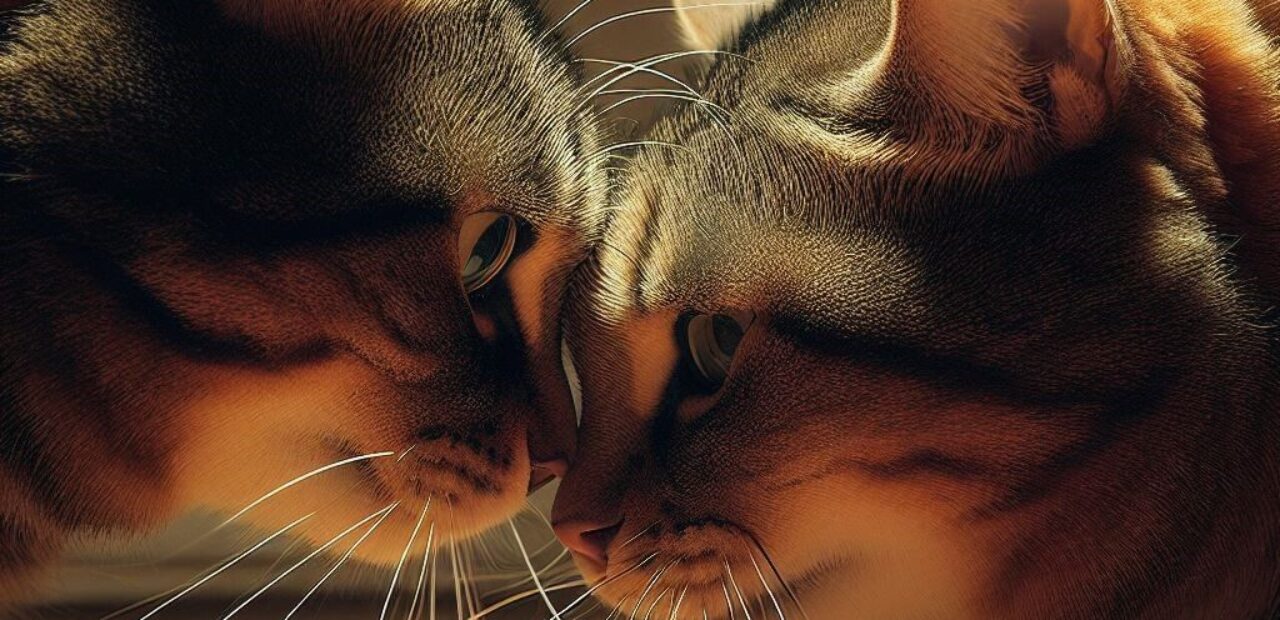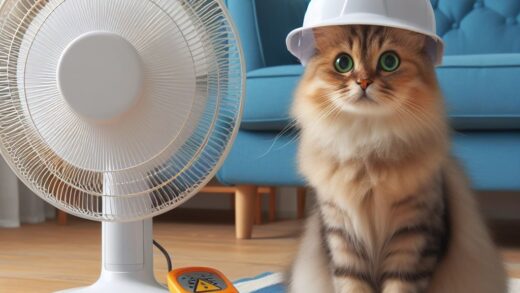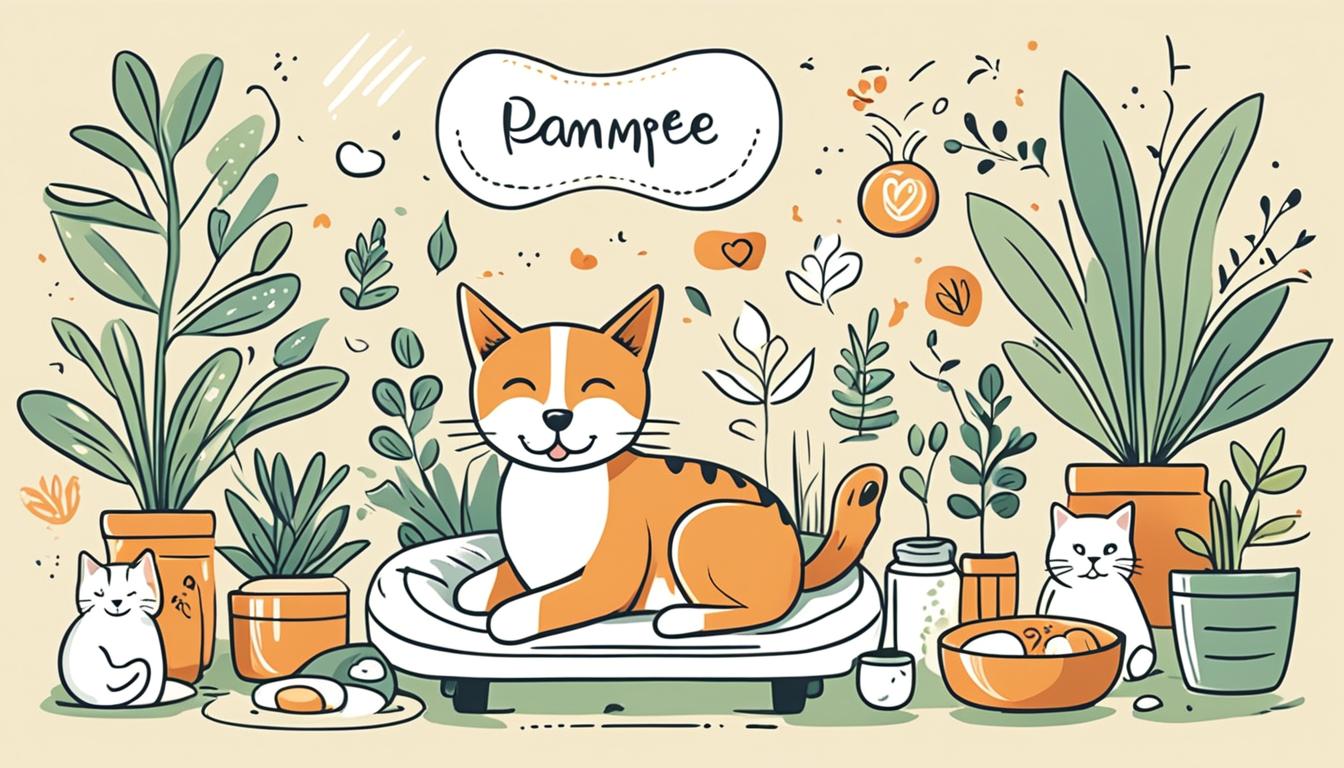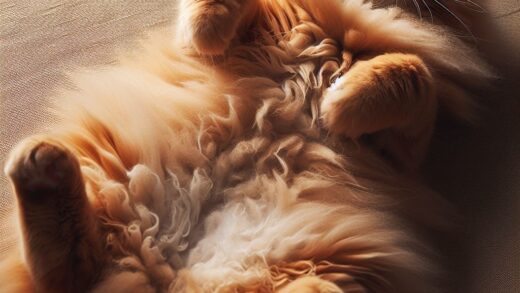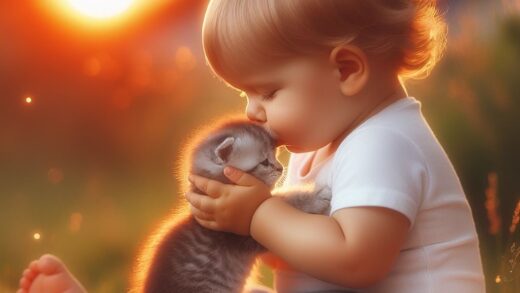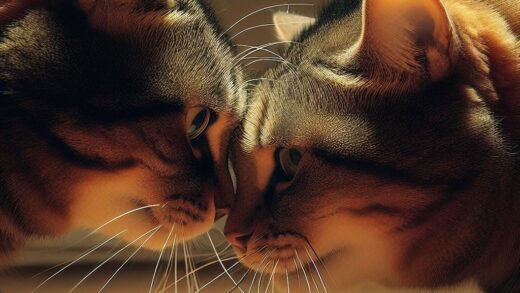Cat Headbutting: Unraveling Feline Communication Secrets
Feline headbutting behavior reveals intricate communication codes. Headbutt frequency and reasons vary, from affection display to marking territory. Cats use headbutting to express emotions and convey messages. Understanding body language is key in interpreting headbutts. Headbutting serves as both territorial marking and a display of affection. Cats headbutt to seek attention, using vocalizations, body postures, and facial expressions. Observing tail movements, ear positions, and pupil dilation provides insights. Deciphering these cues can strengthen the bond between cats and owners, unraveling the secrets behind feline expressive gestures.
Key Takeaways
- Headbutting reveals complex feline communication codes.
- Understanding body language is crucial in deciphering headbutts.
- Headbutts convey emotions, messages, and social interactions.
- Observing subtle cues like tail movements deepens the bond.
- Decoding headbutting helps unveil feline expressive gestures.
Cat Headbutting Behavior Patterns
Analyzing the intricate nuances of cat headbutting behavior patterns provides valuable insights into feline communication mechanisms and social interactions. Headbutt frequency and reasons can vary, with behavioral cues and body language playing crucial roles in deciphering these actions.
Cats may headbutt as a display of affection, marking territory, seeking attention, or expressing concern. Understanding the reasons behind cat headbutting is essential to comprehend their communication strategies. Through headbutting, cats convey messages to their owners, utilizing this complex behavior as a form of expression.
Interpretations of Feline Headbutts
In examining feline headbutts, it is essential to decode the subtle nuances and underlying meanings behind this intricate form of communication displayed by cats. Feline body language and understanding cat behavior play crucial roles in interpreting these headbutts. To grasp the true significance behind a cat’s headbutt, consider the following:
- Territorial Marking: Headbutting serves as a way for cats to mark their territory and establish ownership.
- Affection Display: Cats often headbutt to show affection towards their owners or other familiar beings.
- Attention Seeking: Headbutts can be a sign that a cat is seeking attention or interaction from their human companions.
- Communication Method: Cat headbutting is a complex behavior that conveys messages and emotions in a non-verbal manner.
Decoding Cat Communication Cues
Deciphering the intricate language of cat communication cues requires a keen observation of feline behaviors and subtle cues. Understanding feline gestures and interpreting cat body language are essential aspects of decoding these cues.
Cats use a combination of vocalizations, body postures, and facial expressions to convey their feelings and intentions. By observing the position of the ears, tail movements, and the dilation of the pupils, cat owners can gain insights into their pet’s emotional state.
For instance, a cat with flattened ears and a twitching tail may be feeling agitated or defensive, while a cat with relaxed body language and slow blinking eyes is likely content and at ease.
Mastering the art of interpreting these communication cues can deepen the bond between cats and their owners.
Frequently Asked Questions
Can Cat Headbutting Behavior Change Over Time, and if So, What Factors May Influence This Change?
Long term effects on cat headbutting behavior can result from shifts in socialization, stress levels, and age-related changes. Factors like bonding with owners, interpreting body language cues, and emotional adjustments can influence variations over time.
Are There Specific Breeds of Cats That Are More Prone to Headbutting Behavior Than Others?
Certain cat breeds like Siamese and Maine Coons exhibit more headbutting tendencies due to their affectionate nature. While breed tendencies play a role, individual training, socialization, and environment also influence a cat’s headbutting behavior.
How Can Owners Differentiate Between a Playful Headbutt and a More Serious One That May Indicate Discomfort or Pain?
Differentiating between a playful and serious cat headbutt relies on observing body language and vocal cues. Playful headbutts are gentle, accompanied by purring or relaxed posture. Serious headbutts may involve tense body language or vocalizations indicating discomfort or pain.
Do Outdoor Cats Exhibit Headbutting Behavior Differently Than Indoor Cats, and if So, Why?
Outdoor and indoor cats exhibit varied headbutting behaviors due to environmental influences. Outdoor cats may headbutt less due to socialization differences, impacting bonding dynamics. Understanding these distinctions aids in deciphering feline communication nuances.
Can Headbutting Behavior Be Trained or Modified in Cats Through Positive Reinforcement Techniques?
Training techniques and reinforcement play a crucial role in behavior modification for cats. Positive reinforcement can be used to train or modify headbutting behavior in cats. Understanding and applying these techniques can help owners shape desired behaviors effectively.
